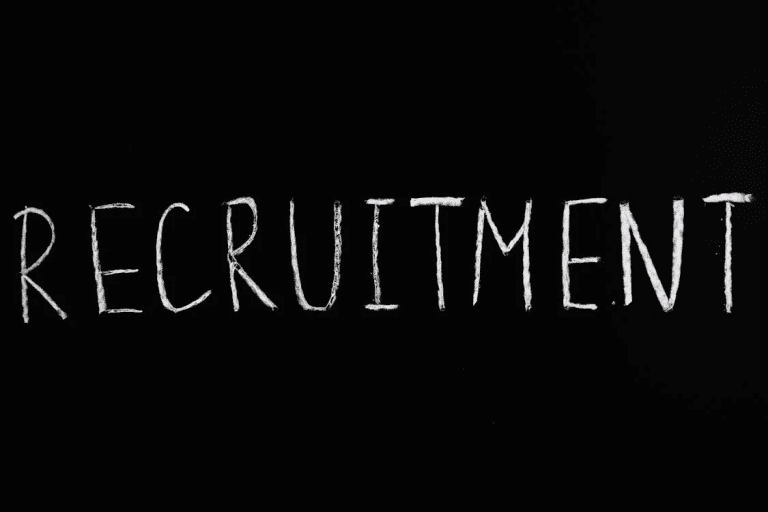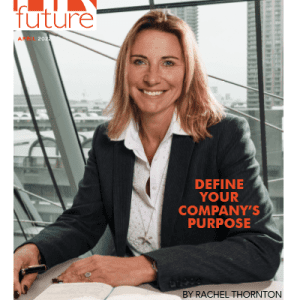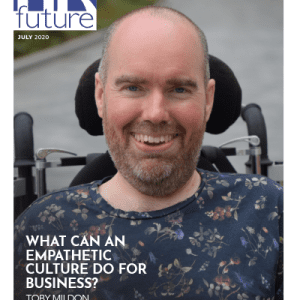Companies need to ensure their acquisition strategy is candidate-centric.
Recruiting the right candidates into companies is not getting any easier, despite the huge numbers of applicants looking for work. In recent research conducted by SHL, it was found that only a handful of companies are equipped to make informed selection decisions, with 68% of HR leaders expecting that the challenges for recruiting talented candidates into key positions are likely to increase.
A more recent major challenge for companies is ensuring that their acquisition strategies are candidate-centric. Concerningly, in the same research conducted by SHL, only 26% of HR leaders agree that their companies’ recruitment and hiring processes are based on candidate’s experiences. To compound the challenges even further, the research highlighted that, based on the candidate’s experience, 35% of candidates regret their decision to join a company and 78% say that they believe that their experience as a candidate is an indicator of how a company values its people. The resulting outcome of these findings is that one in five new hires in a company are considered regretted decisions. Compounding this is that poor candidate experiences have a direct and measurable impact on a company’s bottom line.
So how do companies improve and future-proof their talent acquisition strategies? As a starting point, it is critical that the talent strategy a company adopts is founded on business goals. This means that HR needs to talk to all areas in the company to understand their talent requirements. The outcome of these discussions needs to be clear metrics, linked to the organisation’s goals that measure an employee’s performance. This ensures a company’s talent strategy succeeds in candidate/role fit and, in turn, will answer the question of what good performance looks like. In this way, the recruitment, selection, development and retention solutions and assessments used can be fit for purpose.
The answer to this question sits in finding a balance between experience, efficiency and effectiveness within an optimised, candidate-centric approach. Experience focuses on attracting and engaging candidates via a dynamic, omnichannel approach. This type of experience empowers a candidate’s decision-making in the recruitment process and, at the same time, enhances the company’s brand. Efficiency considers the creation of a seamless and easy to use process for both candidates and recruiters that integrates well with existing systems and applications. Finally, effectiveness refers to the driving of business results by leveraging objective people insights to assess core behaviours and skills, and to identify future potential.
Aligning the business strategy and the talent strategy and ensuring experience, efficiency and effectiveness are balanced
Irrespective of a company’s acquisition strategy and process, there are critical points of company/candidate interaction that must be considered in order to ensure a more captivating candidate experience.
Critical interaction one
A candidate’s first interaction with a company during the recruitment process needs to be a positive one. The interaction needs to ensure that an authentic and clear brand message is created across all platforms. This message needs to include information on the culture, values and purpose of the company as well as details regarding the specific role and what the recruitment process entails. A clear message engages a candidate from the first interaction and drives engagement throughout the selection process.
Those responsible for the recruitment, such as HR and the hiring manager, need to consider the application from a candidate’s perspective. If a candidate has a negative recruitment experience, they are likely to spread the word which can harm the brand of the employer and discourage other applicants. If the candidate has a positive experience, inclusive of openness, transparency and regular feedback, they are likely to spread a positive message about the company.
Critical interaction two
Setting a realistic preview upfront of the selection process enables a candidate to determine their fit to the role and the company, allowing the company to share its unique value proposition. By being transparent regarding opportunities and challenges from the start of the selection process, a candidate can decide early on if they want to continue or opt-out. If a candidate elects to opt-out at this stage of the process, it has the benefit of saving the organisation time, money and resources by not assessing, interviewing, onboarding and training a candidate who wouldn’t have been a good fit. The candidate, in turn, feels more positive about the company and their selection process as they were given enough information to make an informed decision. Those candidates who elect to continue with the selection process are typically more committed and invested in the selection process, as they too have made an informed decision to continue their application based on all the relevant information at hand.
Critical interaction three
As noted, companies need to be able to identify best-fit candidates efficiently and effectively, more so in today’s rapidly changing digital business environment. Measures of cognitive ability have consistently been a strong and reliable predictor of job success. The challenge today is that these assessments are typically heavy text-based multiple-choice tests that no longer meet the requirements of the business or the expectations of candidates. Importantly, candidates are more likely to have a positive perception of a company if they view the content of the assessments as being job-related. In addition, candidates view interactive and visually appealing assessments as a sign of an innovative employer. Recently mobile assessments have become more popular, which enables companies to reach candidates wherever they are via their smartphones, further adding to an assessment process that is more efficient and accessible to candidates. Interestingly, 58% of graduate candidates prefer to take assessments on mobile devices and to be presented with serious, business-relevant challenges, rather than games. Mobile assessment, when done appropriately, provides an example of how a company can showcase its commitment to the candidate experience, as well as technology, enabling candidates to complete the assessments at their convenience and on any device.
The challenge when considering assessments on mobile devices is two-fold. Traditional assessments with large amounts of text and elaborate infographics have historically been required to measure complex, high-order thinking processes. However, when transposing these assessments to mobile devices on a like-for-like basis, they have resulted in candidates performing poorly. In contrast, while candidates find game-like assessments fun, and these assessments more easily adaptable to mobile formats, they may not measure complex reasoning. In addition, candidates often feel that they are not given the opportunity to demonstrate their skills when completing game-like assessments. Thus, the ultimate aim is to provide candidates with an engaging and fun, but appropriately challenging, experience that also provides a candidate with the best opportunity to showcase their skills – in a serious, business-relevant way.
Critical interaction four
Interviews are often the first point of personal interaction between a candidate and a company. An interview is often times the interaction which can clearly make or break the relationship between the candidate and the company. One of the first requirements of a successful interview is to ensure it is aligned to the company’s talent strategy and that it continues to portray the brand of the company. A candidate-centric interview, at least as part of the initial screening phase, allows a company to obtain sufficient information on a candidate whilst also creating an engaging experience for the candidate. Digital interviews could be considered as part of the initial screening phase further enhancing the candidate experience while contributing to the efficiency and effectiveness of the process.
In summary
A candidate-centric talent acquisition strategy is critical for companies to ensure that they future-proof their sourcing of requisite talent. Being mindful of how to design and manage candidate-company interactions will assist to ensure that a company has an efficient and effective talent acquisition strategy. It is important that companies, and specifically HR, adapt their recruitment processes to include and focus on a candidate’s first interaction with the company, setting a realistic view of the company and the recruitment process, using valid and reliable assessments and enhancing the first interview interaction to ensure that the talent strategy aligns to the achievement of the business strategy.
Ceri Mongie is the Country Manager, South Africa of SHL, www.shl.com.


























